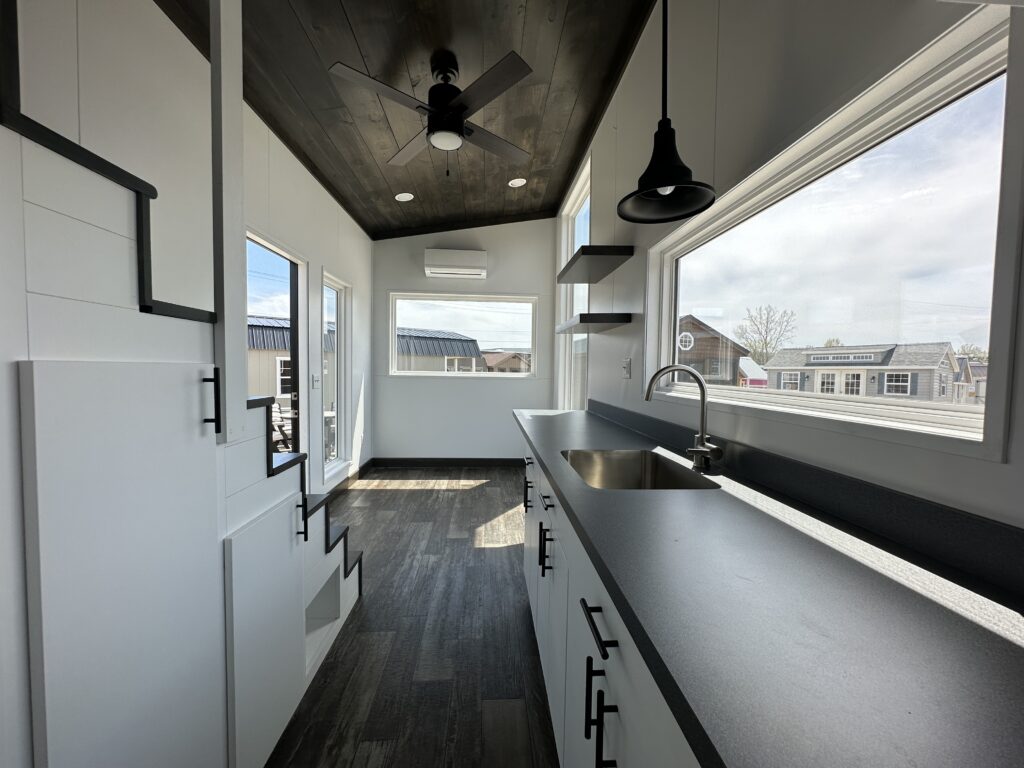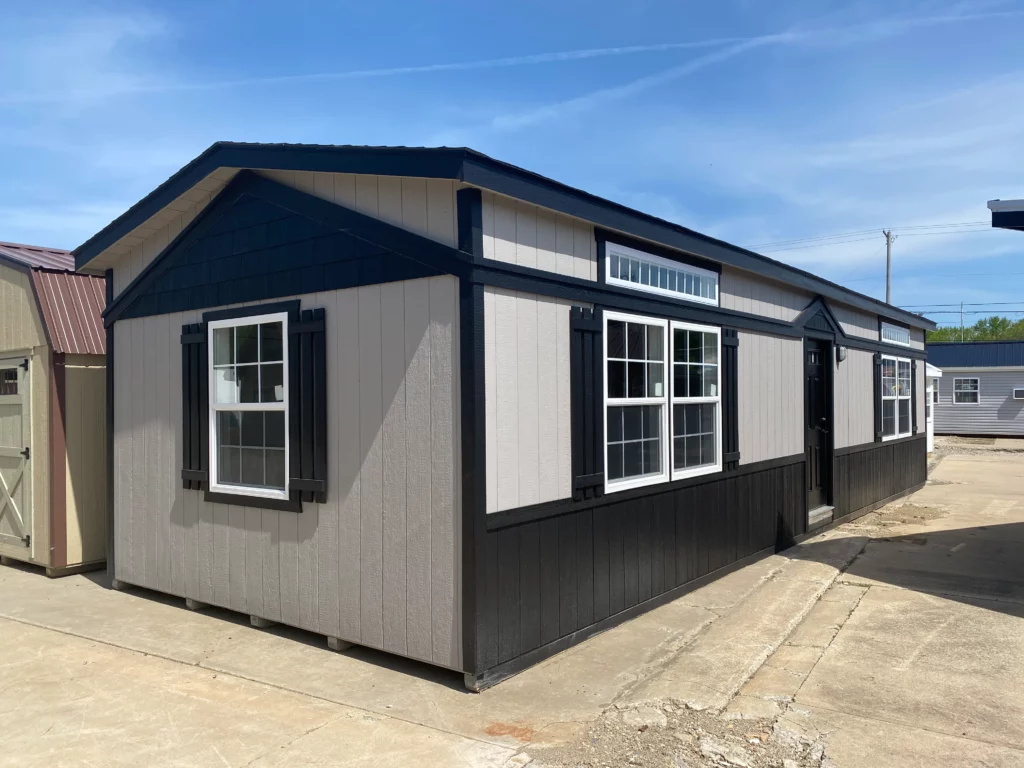How Big is a Tiny Home
Estimated reading time: 5 minutes
Are you dreaming of living in a tiny home? The idea of small-scale living has a romantic appeal, as it can seem like more freedom and less commitment in comparison to buying an entire house. Knowing how big is a tiny home can be life changing if the sizing goes by your living standards. But what size is considered “tiny” when it comes to homes? Read on to find out! We’ll explore the different types of tiny homes and discuss what size qualifies for “tiny” living — including materials, designs, square footage, height, widths and lengths, amenities offered inside and outside your small abode.
Tiny homes, also called houses have gained popularity among those looking for a lifestyle and more affordable housing.. Just how small are these dwellings and what does living in a tiny house involve?

Dimensions of Tiny Houses
Tiny homes are generally compact houses that range in size from 100 to 400 square feet, on average. The size of a home can vary depending on its design and layout. Most tiny houses are carefully planned to maximize living space by incorporating amenities within an area. While some tiny homes can be as petite as 80 feet or as spacious, as 500 feet they typically fall within the range of 100 to 400 square feet.
Layout of Homes
A tiny house typically consists of a living area, one bedroom, a kitchen and one bathroom. Some tiny houses may also feature loft spaces to add square footage. Efficient storage solutions play a role in the design of houses often utilizing innovative approaches to optimize every inch of space available. Many tiny homes come equipped with built in storage options, versatile furniture pieces and compact appliances to ensure use of the space.

Tiny Home Prices
The price of homes can vary depending on their size, building materials and where they’re situated. Typically the cost ranges from $30,000 to $60,000. If you choose custom features or high end materials the price could go up. Despite the expense people who own homes often save money in the long term due, to lower utility bills, reduced property taxes and minimal maintenance costs. Living in a house is great for those who want to downsize and lessen their impact. Many Americans are attracted to living because it encourages a lifestyle with less waste and fewer possessions. To make the most of space in a home careful planning and organization are essential. Owners of houses often discover that residing in a dwelling helps them focus on what truly matters and live with purpose.
Mobile Tiny Homes
Tiny homes can be constructed on a foundation or on wheels for mobility. Having a house on wheels offers flexibility in terms of location since you can move it as needed. However living in a home may require special permits and compliance, with specific building regulations.Living in a house on a foundation is akin, to residing in a conventional home albeit within a more compact space.

Tiny Home Regulations
Regulations concerning homes can differ based on the location. Certain areas impose rules on the size of dwellings while others restrict where tiny houses can be situated. It’s crucial to investigate building codes and zoning ordinances before investing in or constructing a home. In states like New Mexico there is an increasing acceptance of homes with communities tailored for minimalist living.
Exploring the Tiny Home Lifestyle
An appealing aspect of tiny house living is the opportunity for off-grid living. The average tiny house is significantly smaller than a traditional home, often designed to be self-sustaining and incorporating features such as solar panels, composting toilets, and rainwater collection systems. The smaller scale of these homes translates to reduced material requirements during construction, leading to a lower environmental impact. Building your own tiny house can be a fulfilling project that embodies a simpler, more intentional lifestyle, and the growing popularity of tiny homes highlights their numerous benefits.

Exploring the Benefits of Tiny House Living
Tiny homeowners come from diverse demographics, with varying age distributions, income levels, and financial habits. Tiny house owners often have strong opinions about the size of their homes, with some even competing to own the smallest tiny house. The philosophy of tiny living emphasizes the benefits of simplifying life to focus on what truly adds value, including environmental benefits and a minimalist mindset. Embracing the tiny life means adopting principles that prioritize happiness and value over material possessions.
Conclusion
In summary tiny homes present an cost effective living choice for individuals seeking simplicity and downsizing. By adhering to regulations and thoughtful planning living in a tiny house can offer a sustainable and cozy lifestyle. Whether rooted or mobile tiny homes appeal to those desiring an eco way of living. If you’re contemplating transitioning to house living explore the options at Hartville Outdoor Products to discover the ideal match, for your requirements.
